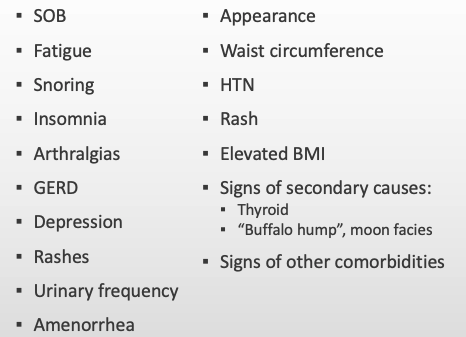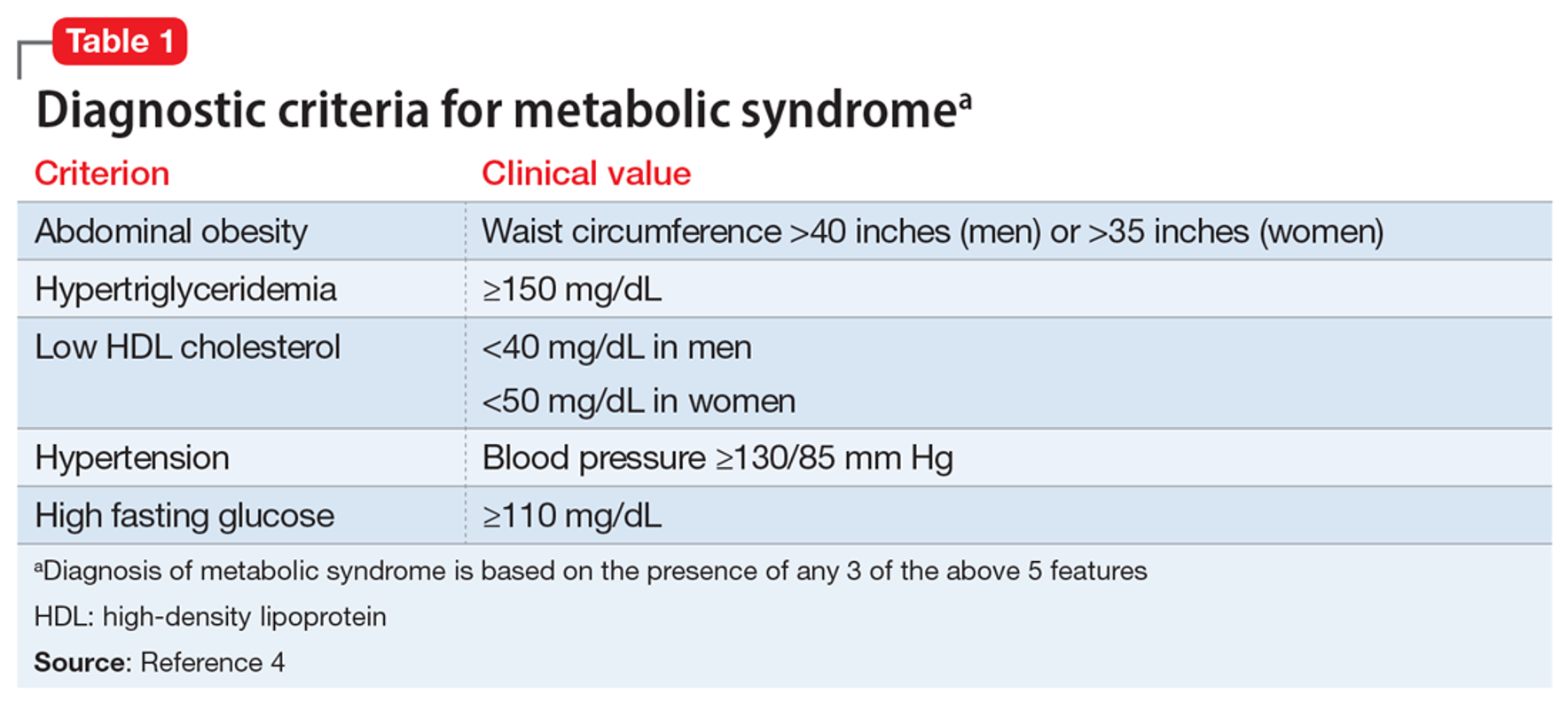Obesity, Metabolic Syndrome, and Smoking Cessation (Clin Med)
1/24
There's no tags or description
Looks like no tags are added yet.
Name | Mastery | Learn | Test | Matching | Spaced |
|---|
No study sessions yet.
25 Terms
Leptin
anorexigenic (decreases appetite)
Ghrelin
orexigenic (increases appetite)
What does this refer to
Diagnosed with BMI of 30 or higher
Also test lipid panel, LFTs, thyroid panel, glucose/A1c
Management: individualized care plan including evaluation of comorbidities and psychosocial circumstances
Complex interaction of multiple genes, environmental factors, and human behaviors
Obesity
What does this refer to
BMI ≥30
Very common in the US
Increased risk of CVD, diabetes, hypertension, degenerative joint disease, obstructive sleep apnea, some malignancies
Associated with increased incidence of depression and anxiety
Result of multiple influences including genetics and environmental factors
Must rule out possible underlying medical causes
Management focuses on prevention and multifactorial lifestyle modifications
Obesity
What does this refer to
Marked increase in last 50 years
Now 40% US adults
More in Hispanic and AA
More extreme in women
Lower in higher education levels
More in middle income
Epidemiology of obsesity
What does this refer to
Multifactorial
Imbalance between caloric intake and energy expenditure
Due to interaction between genes, behavior and environment
Affected by interplay of multiple hormones
Etiology of Obesity
What does this refer to
May be able to identify cause based on history: Increased intake, decreased activity
Secondary obesity is rare, but should be considered in all obese patients
Symptoms may include:
Fatigue
Decreased exercise tolerance
Dyspnea
GERD
Skin conditions
Acanthosis nigrans
Intertrigo
Comorbidities
History of obesity
What does this refer to
Age at onset
Recent changes in weight, diet, activity
Previous weight loss attempts
Childhood weight
High and low weight extremes
PMH
Family history
Social history
History you should ask about when observing patients with obesity
What does this refer to

Symptoms and signs of obesity
What does this refer to
Depression
Diabetes
Metabolic syndrome
NAHS
Insulinoma
PCO
Cushing syndrome
Medication
Binge-eating disorder
Differential Diagnosis of Obesity
What does this refer to
Lipid panel
Liver and thyroid function tests
Fasting glucose
HbA1C
Others based on Hx and PE to r/o secondary causes
Cortisol
Sleep study
FSH, LH
Lab studies for obesity
What does this refer to
Individualized plan
Realistic goals:
About 2 lbs/week
Lose 8-10% of body weight in 3-6 months
1st line: conservative
Lifestyle changes
Healthy diet:
Decrease 500-1000 kcal/d
Food journal
Increased activity
Goal of 30-60 min most days of the week
Support:
Physician assistant
Groups
Treatment for obesity
What does this refer to
Pharmacotherapeutics
Only for BMI>30 or certain comorbid conditions
Orlistat-pancreatic lipase inhibitor
Lorcaserin-serotonin 2C receptor agonist
Phentermine+topiramate-combination stimulant+impulse controller
Buproprion+Naltrexone-Antidepressant+opiod antagonist
Liraglutide-GLP-! agonist
2nd line treatment for obesity
What does this refer to
________, a group of related illnesses
May progress to chronic illness if ignored.
Comprise of too much belly fat, high triglycerides, and high cholesterol, high blood pressure, and high blood sugar.
Increased risk of heart disease, diabetes, and stroke are higher if at least three of these issues are present
Metabolic Syndrome definition
What does this refer to
Increased belly fat
High TG and Lipids
HTN
High Glucose
Factors in metabolic syndrome
What does this refer to
Overweight and obesity
An inactive lifestyle
Insulin resistance
The body can't use insulin properly.
Insulin resistance can lead to high blood sugar levels.
Age - your risk goes up as get older
Genetics - ethnicity and family history
Causes of metabolic syndrome

What does this refer to
Metabolic syndrome in females

What does this refer to
Metabolic syndrome in males

What does this refer to
Presence of 3 or more = diagnostic for metabolic syndrome
What does this refer to
WHO and CDC recommendation
150 minutes of moderate exercise weekly paired with muscle strengthening activity twice weekly
Walking, even short episodes of intermittent activity, is a recommended starting point for sedentary patients
Motivational interviewing is a powerful technique to drive change
Physical activity
What does this refer to
Brief Tobacco Intervention is most effective initial approach to tobacco cessation
Ask: Do you smoke, chew, or use any form of tobacco, vape, or e-cigarette?
Advise: Quitting smoking is the single most important thing you can do to improve your health and we have resources that can help you
Never miss a chance
Nearly 80% of smokers want to quit
Link it to a current health concern or problem
Nicotine replacement therapy
Medications
Varenicline
Buproprion
Refer: Find Certified Tobacco Treatment Specialists in your area
1-800-QUIT-NOW
Tobacco
What does this refer to
Waistline 40’’ or more
Large waistline for men
What does this refer to
Waistline 35’’ or more
Large waistline for women
What does this refer to
Less than 40 mg/dL
Low HLD (good) cholesterol for men
What does this refer to
Less than 50 mg/dL
Low HLD (good) cholesterol for women